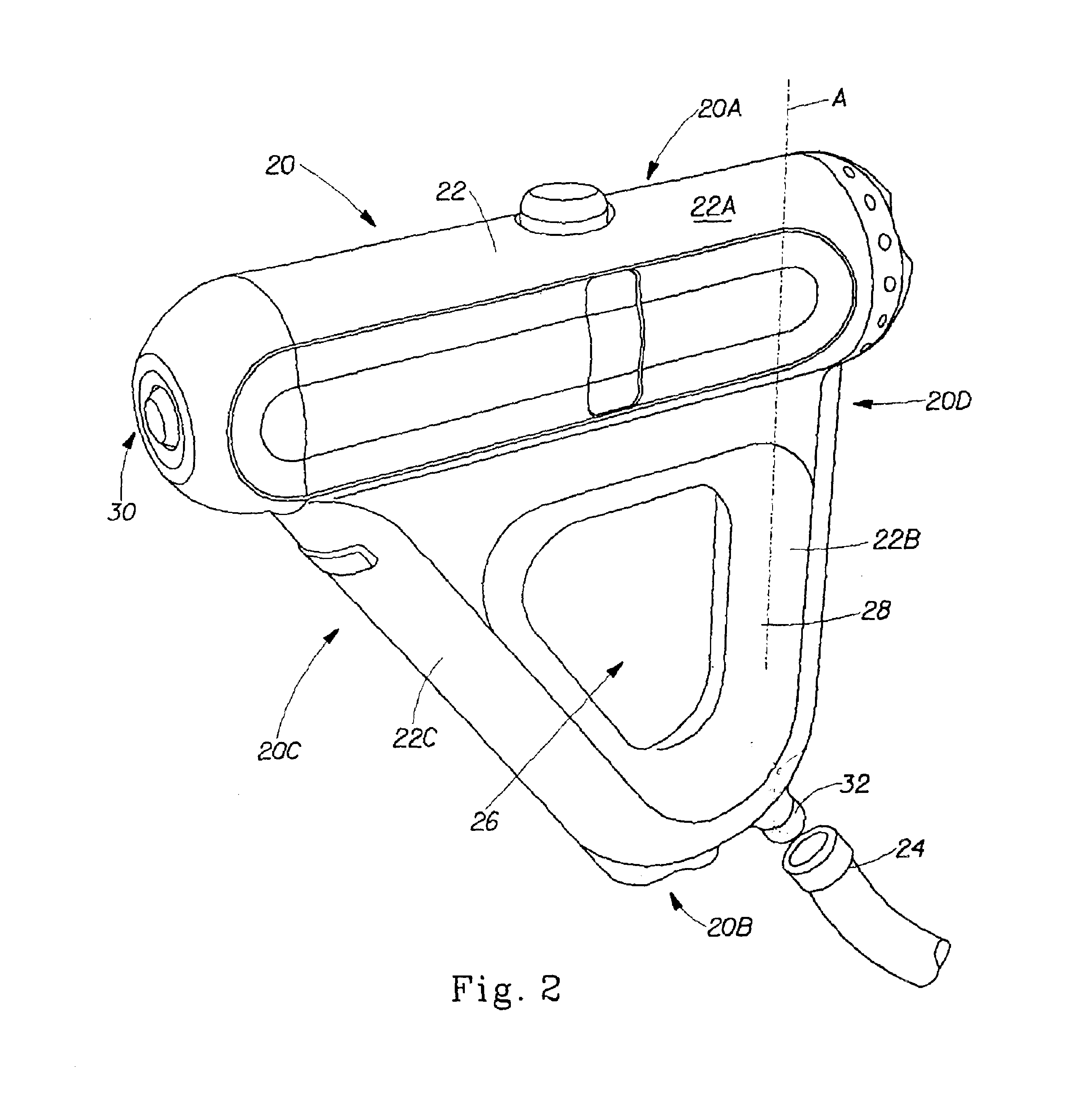System and method for cleaning and/or treating vehicles and the surfaces of other objects
a technology for cleaning and/or treating surfaces, applied in the direction of water/sewage treatment by ion exchange, chemical/physical processes, anion exchangers, etc., can solve the problems of reducing affecting the effect of composition, and affecting the effect of drying process
- Summary
- Abstract
- Description
- Claims
- Application Information
AI Technical Summary
Benefits of technology
Problems solved by technology
Method used
Image
Examples
examples 1-29
Liquid coating compositions, according to the present invention, are as follows where the balance is water:
TABLE 1Example #Nanoparticle (Wt %)Surfactant (Wt %)1Nanoclay1 (0.055)Minfoam 1 × (0.042)2Nanoclay (0.1)Minfoam 1 × (0.075)3Nanoclay (0.1)Minfoam 2 × (0.075)4Nanoclay (0.1)Minfoam 2 × (0.03)Minfoam 1 × (0.03)5Nanoclay (0.1)Neodol 91-6 (0.075)6Nanoclay (0.05)Neodol 91-6 (0.075)7Nanoclay (0.1)Neodol 91-2.5 (0.075)8Nanoclay (0.1)Neodol 91-5 (0.075)9Nanoclay (0.1)Neodol 91-8 (0.075)10Nanoclay (0.05)Silwet L-77 (0.025)11Nanoclay (0.1)Q2-5211 (0.025)12Nanoclay (0.05)Q2-5211 (0.025)13Nanoclay (0.03)Q2-5211 (0.1)14Nanoclay (0.05)Q2-5212 (0.05)15Nanoclay (0.1)Q2-5212 (0.05)16Nanoclay (0.1)Tergitol 15-S-3 (0.075)17Nanoclay (0.1)Tergitol 15-S-7 (0.075)18Nanoclay (0.1)Tergitol 15-S-9 (0.1)19Nanoclay (0.1)Tergitol NP-9 (0.1)20Nanoclay (0.1)Tergitol TMN-6 (0.075)21Nanoclay (0.1)Neodol 91-8 (0.075)22Nanoclay (0.1)Component A (0.2)23Nanoclay (0.2)Component A (0.2)24Nanoclay (0.1)Component B (0...
examples 30-33
In the following examples, dispersants are formulated with the nanoclay and surfactant to allow the coating composition to be made with tap water:
TABLE 2Ex-Nanoparticleample #(Wt %)Surfactant (Wt %)Dispersant (Wt %)30Nanoclay (0.1)Neodol 91-6 (0.075)Polyacrylate 4500 MW(0.02)31Nanoclay (0.1)Neodol 91-6 (0.075)Poly (acrylic / maleic)2(0.02)32Nanoclay (0.1)Neodol 91-6 (0.075)Polyacrylate 2000 MW(0.02)33Nanoclay (0.1)Neodol 91-6 (0.075)STPP (0.02)1Nanoclay can be any of the available synthetic hectorite clays, such as LAPONITE B ™ from Southern Clay Products, Inc. 2MA:AA = 4:6, MW (molecular weight) = 11,000.
examples 34-42
Liquid coating compositions, according to the present invention, where the balance is water, and where said coating composition can be applied to a surface, or optionally where the coating composition can be diluted with water to achieve a coating composition with 0.1% concentration of nanoparticles are as follows:
TABLE 3Ex-Nanoparticleample #(Wt %)Surfactant (Wt %)Dispersant (Wt %)34NanoclayMinfoam 1 × (0.42)None(0.55)35Nanoclay (1.6)Q2-5211 (0.8)None36Nanoclay (0.8)Q2-5211 (0.4)None37Nanoclay (0.8)Neodol 91-6 (0.6)None38Disperal P2 ™Neodol 91-6 (7.5)None(10)39Nanoclay (5.0)Neodol 91-6 (3.75)Polyacrylate 4500MW (1.0)40Nanoclay (5.0)Neodol 91-6 (3.75)Poly (acrylic / maleic)3(1.0)41Nanoclay (1.0)Neodol 91-6 (0.75)Polyacrylate 4500MW (0.2)42Nanoclay (1.0)Neodol 91-6 (0.75)Polyacrylate 4500MW (0.1)1Nanoclay can be any of the available synthetic hectorite clays, such as LAPONITE ™ available from Southern Clay Products, Inc. 2Disperal P2 ™ is boehmite alumina from Condea, Inc. 3MA:AA = 4:6...
PUM
| Property | Measurement | Unit |
|---|---|---|
| flow rate | aaaaa | aaaaa |
| contact angle | aaaaa | aaaaa |
| static surface tension | aaaaa | aaaaa |
Abstract
Description
Claims
Application Information
 Login to View More
Login to View More - R&D
- Intellectual Property
- Life Sciences
- Materials
- Tech Scout
- Unparalleled Data Quality
- Higher Quality Content
- 60% Fewer Hallucinations
Browse by: Latest US Patents, China's latest patents, Technical Efficacy Thesaurus, Application Domain, Technology Topic, Popular Technical Reports.
© 2025 PatSnap. All rights reserved.Legal|Privacy policy|Modern Slavery Act Transparency Statement|Sitemap|About US| Contact US: help@patsnap.com



